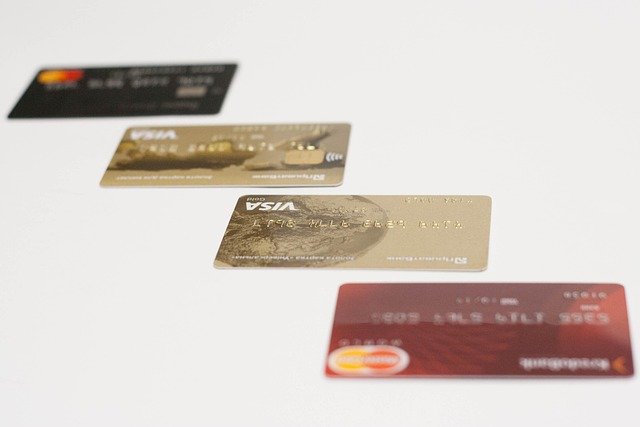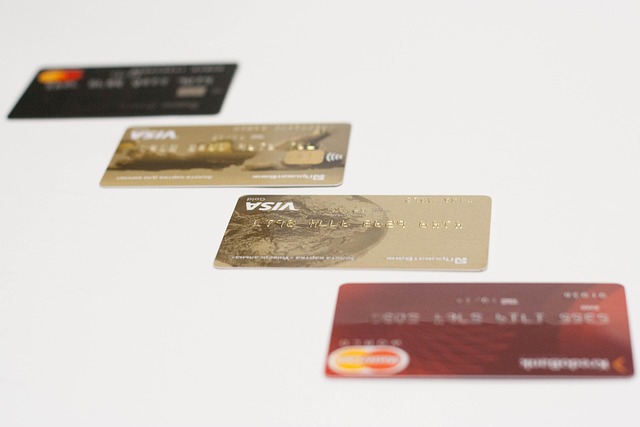Screwless Dental Implants: What You Need to Know
Missing teeth can affect your confidence, eating habits, and overall oral health. Traditional dental implants have been a reliable solution for decades, but advancements in dental technology have introduced screwless dental implants as an alternative approach. These modern implant systems offer unique benefits and considerations for those seeking tooth replacement options. Understanding how they work, their costs, and whether they suit your needs can help you make an informed decision about restoring your smile.

Dental implants have revolutionized how people address tooth loss, providing durable and natural-looking replacements. While traditional screw-type implants remain the gold standard, screwless dental implants have emerged as an innovative option worth exploring. These implants differ in design and placement technique, potentially offering advantages for certain patients. If you’re considering tooth replacement, understanding the differences between screwless and traditional implants can guide your treatment journey.
What Are Screwless Dental Implants?
Screwless dental implants, also known as press-fit or friction-fit implants, are designed to integrate with the jawbone without the threaded screw design of conventional implants. Instead of being twisted into the bone, these implants are pressed or tapped into a precisely prepared socket. The implant relies on a tight fit and the body’s natural bone healing process to achieve stability. This design can reduce the risk of micro-movements during the healing phase and may promote faster osseointegration in some cases. The smooth surface and unique geometry of screwless implants distinguish them from their threaded counterparts, offering an alternative pathway to secure tooth replacement.
Modern Solutions for Tooth Replacement
The evolution of dental implant technology reflects ongoing efforts to improve patient outcomes, reduce treatment time, and expand eligibility for those with varying bone conditions. Screwless dental implants represent one such advancement, particularly beneficial for patients with softer bone density or those seeking minimally invasive procedures. These implants can be placed with less drilling and preparation compared to traditional methods, potentially reducing discomfort and recovery time. Additionally, the press-fit design may distribute forces more evenly across the bone, which can be advantageous in certain clinical situations. However, not all patients are ideal candidates, and a thorough evaluation by a qualified dental professional is essential to determine suitability.
Advanced Tooth Replacement: Discover Screwless Implant Technology
Screwless implant technology incorporates innovative materials and design principles to optimize bone integration and long-term stability. Many screwless systems use biocompatible titanium or zirconia, materials known for their strength and compatibility with human tissue. The surface treatments applied to these implants encourage bone cells to attach and grow, facilitating the osseointegration process. Some systems also feature tapered or cylindrical shapes that match the natural contours of tooth roots, enhancing aesthetic outcomes. While research continues to evaluate the long-term success rates of screwless implants compared to traditional options, early studies suggest promising results, particularly in specific patient populations and clinical scenarios.
How Much Do Screwless Dental Implants Cost?
The cost of screwless dental implants varies depending on several factors, including the complexity of your case, the materials used, the expertise of your dental provider, and your geographic location. In New Zealand, dental implant procedures generally range from moderate to high investment, reflecting the specialized skills and technology involved. Understanding the cost breakdown can help you budget for treatment and explore financing options if needed.
| Service Component | Provider Type | Estimated Cost Range (NZD) |
|---|---|---|
| Initial Consultation & Assessment | General Dentist or Specialist | $150 - $300 |
| Screwless Implant Placement | Oral Surgeon or Periodontist | $2,500 - $4,500 per implant |
| Abutment & Crown | Prosthodontist or General Dentist | $1,500 - $3,000 |
| Bone Grafting (if needed) | Oral Surgeon | $500 - $2,000 |
| Total Single Tooth Replacement | Full Treatment | $4,500 - $9,000+ |
Prices, rates, or cost estimates mentioned in this article are based on the latest available information but may change over time. Independent research is advised before making financial decisions.
Several factors influence the final cost, including whether you require preparatory procedures like bone grafting or sinus lifts, the number of implants needed, and the type of restoration chosen. Some dental practices offer payment plans or work with financing companies to make treatment more accessible. It’s advisable to obtain detailed quotes from multiple providers and verify what is included in the quoted price to avoid unexpected expenses.
Benefits and Considerations
Screwless dental implants offer several potential advantages, including reduced surgical trauma, shorter procedure times, and the possibility of immediate or early loading in some cases. The press-fit design may also minimize the risk of screw loosening, a complication occasionally seen with traditional implants. However, these implants may not be suitable for all bone types or anatomical situations. Patients with very dense or very soft bone may require careful evaluation to ensure the implant can achieve adequate primary stability. Additionally, the availability of screwless implant systems may be limited compared to traditional options, and not all dental professionals are trained in their placement. Discussing your specific needs and expectations with an experienced implant dentist will help determine the best approach for your situation.
Finding the Right Provider in Your Area
Choosing a qualified dental professional is crucial for successful implant treatment. Look for providers with advanced training in implant dentistry, membership in professional organizations, and a track record of successful outcomes. Many dental practices offer consultations where you can discuss your options, view before-and-after photos, and ask questions about the procedure and recovery. Don’t hesitate to seek second opinions or request detailed treatment plans before committing to a course of action. Local services in your area may include general dentists with implant training, oral surgeons, periodontists, and prosthodontists, each bringing specialized expertise to different aspects of implant care.
Conclusion
Screwless dental implants represent an exciting development in tooth replacement technology, offering potential benefits for certain patients seeking modern solutions. While they may not replace traditional implants entirely, they provide an alternative worth considering, especially for those with specific clinical needs or preferences. Understanding the costs, benefits, and limitations of screwless implants empowers you to make informed decisions about your oral health. Consulting with a qualified dental professional will ensure you receive personalized recommendations tailored to your unique situation, helping you achieve a healthy, functional, and confident smile.
This article is for informational purposes only and should not be considered medical advice. Please consult a qualified healthcare professional for personalized guidance and treatment.




